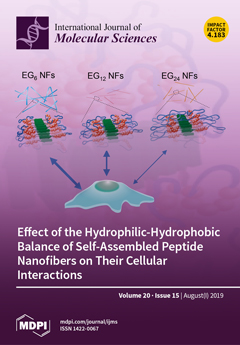Polyploid
Saccharum with complex genomes hindered the progress of sugarcane improvement, while their chloroplast genomes are much smaller and simpler. Chloroplast (cp), the vital organelle, is the site of plant photosynthesis, which also evolves other functions, such as tolerance to environmental stresses. In this study, the cp genome of two sugarcane ancestors
Saccharum officinarum and
S. spontaneum were sequenced, and genome comparative analysis between these two species was carried out, together with the photosynthetic ability. The length is 141,187 bp for
S. officinarum and that is 7 bp longer than
S. spontaneum, with the same GC content (38.44%) and annotated gene number (134), 13 with introns among them. There is a typical tetrad structure, including LSC, SSC, IRb and IRa. Of them, LSC and IRa/IRb are 18 bp longer and 6 bp shorter than those in
S. spontaneum (83,047 bp and 22,795 bp), respectively, while the size of SSC is same (12,544 bp). Five genes exhibit contraction and expansion at the IR junctions, but only one gene
ndhF with 29 bp expansion at the border of IRb/SSC. Nucleotide diversity (Pi) based on sliding window analysis showed that the single copy and noncoding regions were more divergent than IR- and coding regions, and the variant hotspots
trnG-trnM,
psbM-petN,
trnR-rps14,
ndhC-trnV and
petA-psbJ in the LSC and
trnL-ccsA in the SSC regions were detected, and
petA-psbJ with the highest divergent value of 0.01500. Genetic distances of 65 protein genes vary from 0.00000 to 0.00288 between two species, and the selective pressure on them indicated that only
petB was subjected to positive selection, while more genes including
rpoC2,
rps3,
ccsA,
ndhA,
ndhA,
psbI,
atpH and
psaC were subjected to purifying or very strong purifying selection. There are larger number of codons in
S. spontaneum than that in
S. officinarum, while both species have obvious codon preference and the codons with highest-(AUG) and lowest frequency (AUA) are same. Whilst, the most abundant amino acid is leucine in both
S. officinarum and
S. spontaneum, with number of 2175 (10.88% of total) and 2228 (10.90% of total) codons, respectively, and the lowest number is cysteine, with only 221 (1.105%) and 224 (1.096%), respectively. Protein collinearity analysis showed the high collinearity though several divergences were present in cp genomes, and identification of simple sequence repeats (SSRs) were included in this study. In addition, in order to compare cold tolerance and explore the expanding function of this environmental stress, the chlorophyll relative content (SPAD) and chlorophyll fluorescence Fv/Fm were measured. The significantly higher SPAD were observed in
S. spontaneum than those in
S. officinarum, no matter what the control conditions, exposure to low temperature or during recovery, and so was for Fv/Fm under exposure to low temperature, together with higher level of SPAD in
S. spontaneum in each measurement. Aforementioned results suggest much stronger photosynthetic ability and cold tolerance in
S. spontaneum. Our findings build a foundation to investigate the biological mechanism of two sugarcane ancestor chloroplasts and retrieve reliable molecular resources for phylogenetic and evolutionary studies, and will be conducive to genetic improvement of photosynthetic ability and cold resistance in modern sugarcane.
Full article






